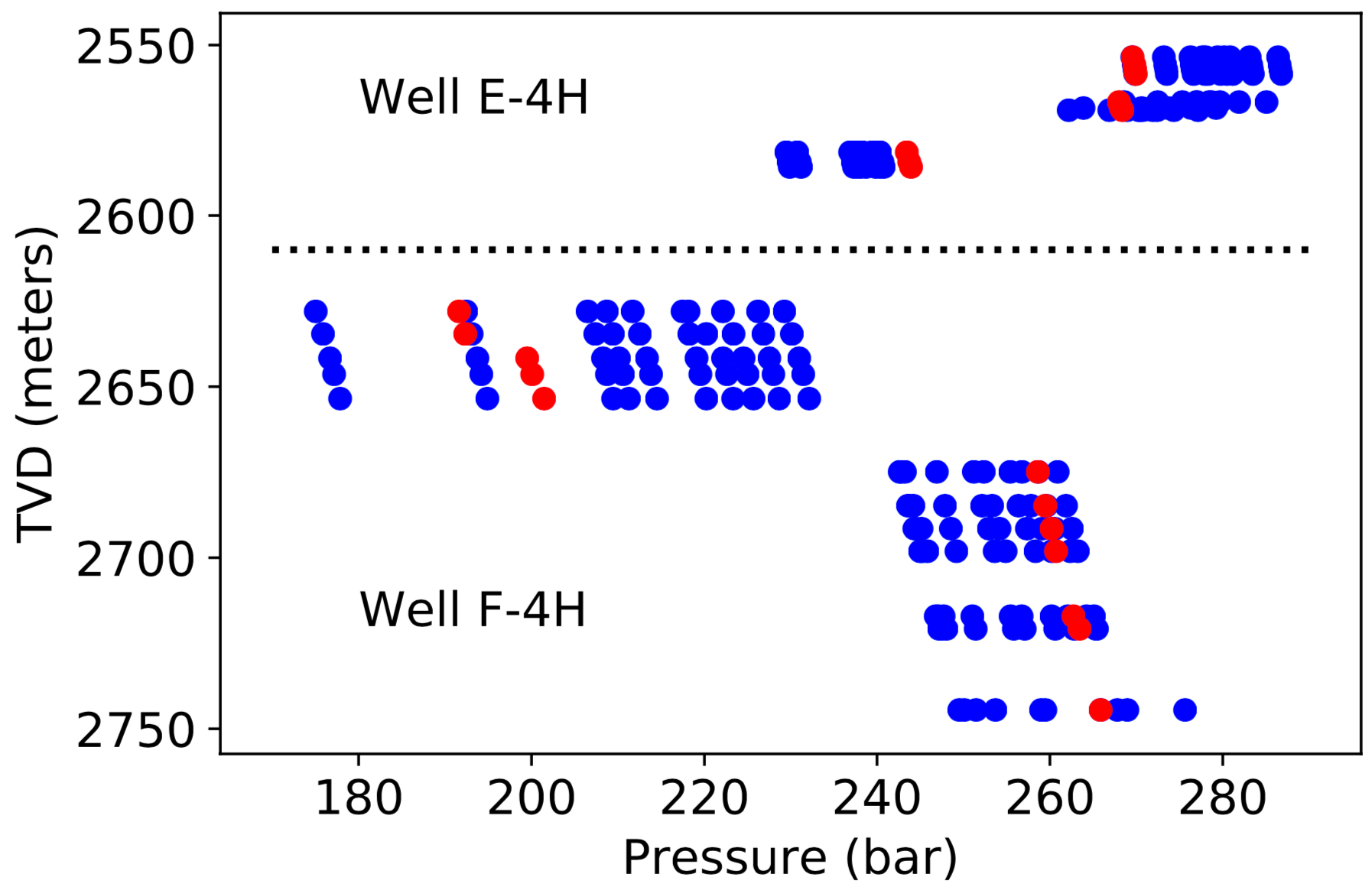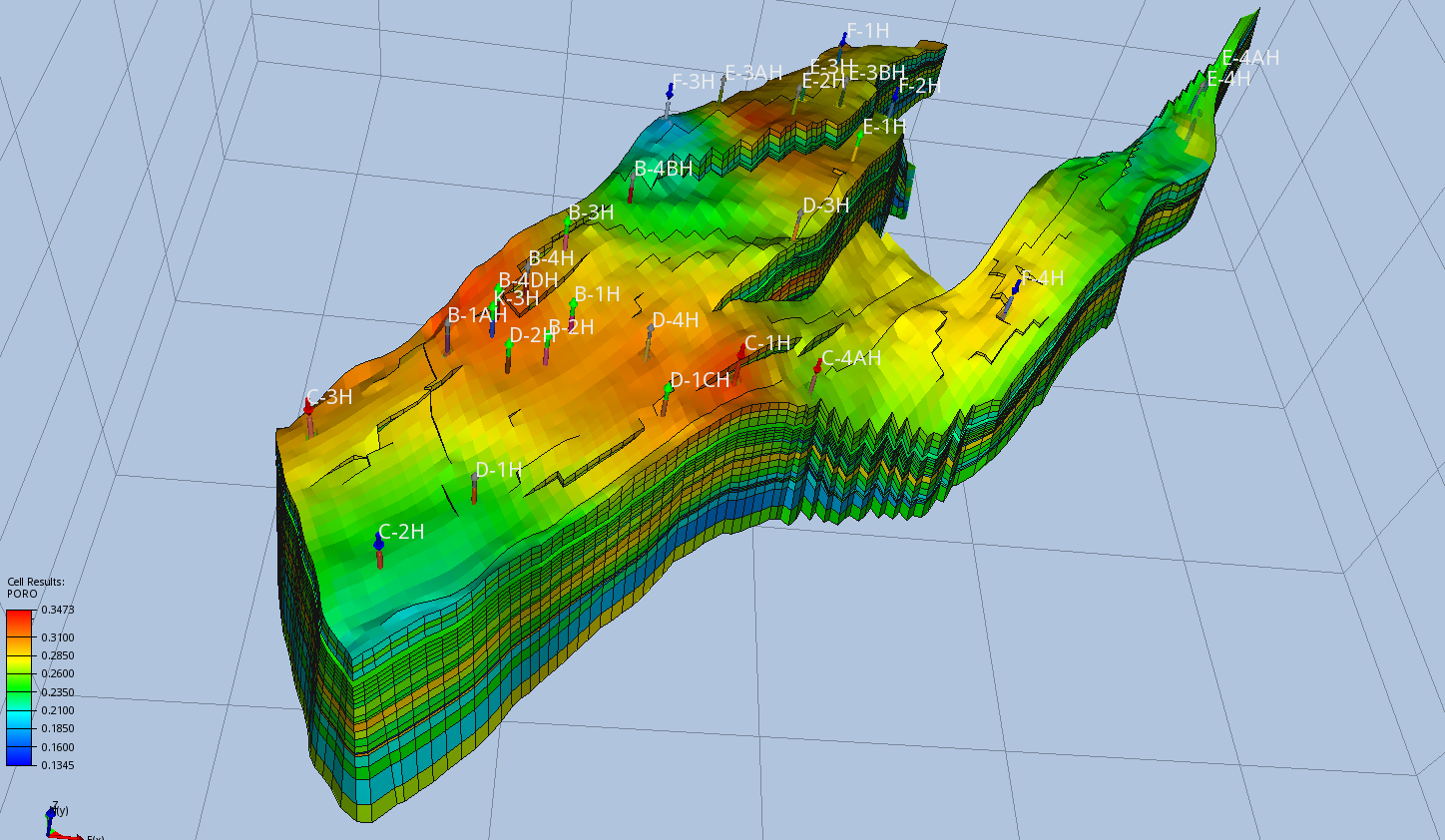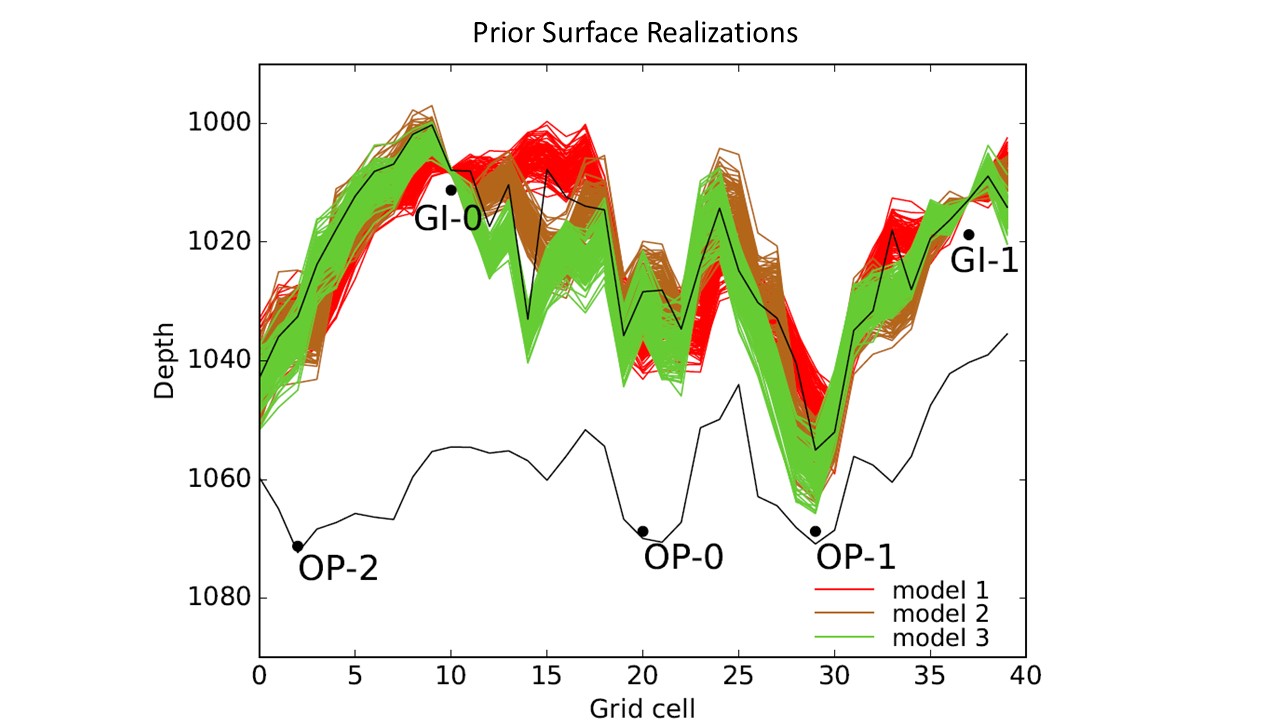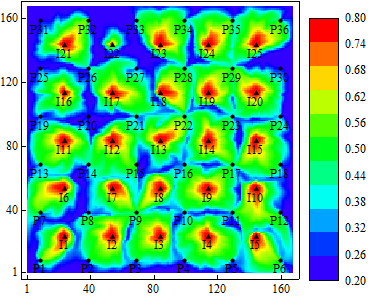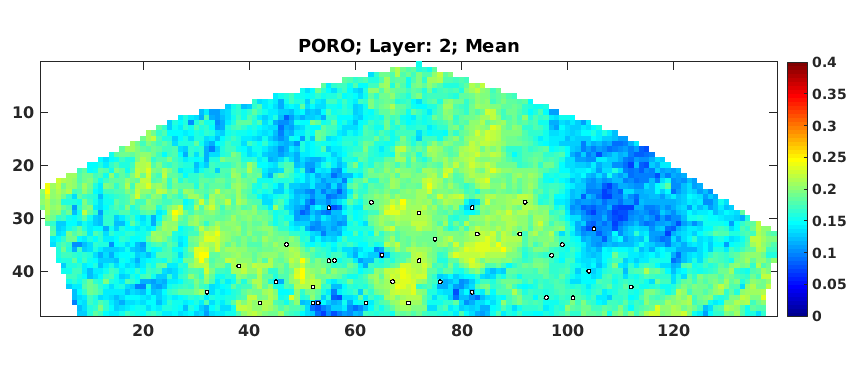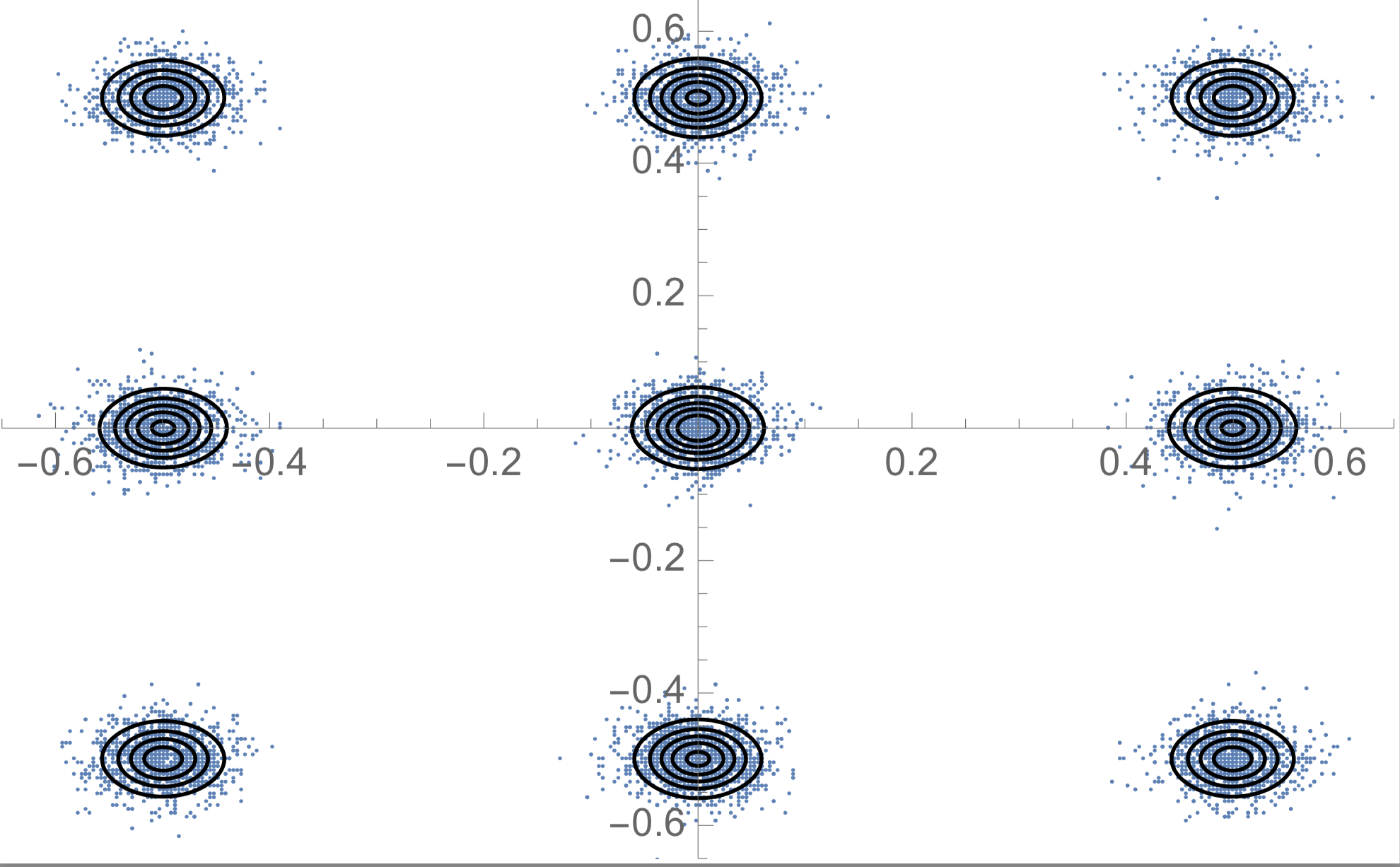Assimilating 4D Seismic Data: Big Data Into Big Models
This project aims to improve the reliability of subsurface reservoir models for prediction by assimilating the maximum amount of information from the 4D seismic data and accurately estimating the resulting uncertainty. The research is performed by members of the Data Assimilation and Optimization group at NORCE Research in collaboration with colleagues at the Edinburgh Time-Lapse Project (ETLP) and at the University of Bergen.
Computer models of oil and gas reservoirs are used to predict future production and to predict where pockets of remaining oil might be located. Improving the reliability of these predictions by incorporating the maximum amount of information from seismic and well production data is the focus of this project. The result will be improvements in reservoir management and field development with subsequent reduction in CO2 footprint.
One key to improving the prediction of future events is to ensure that the models can predict events that have already been observed. It is necessary to adjust parameters in the computer model so that the predicted seismic data and production data agree with the data that was actually observed. One challenge is that the amount of data that is provided by repeated seismic surveys can be exceptionally large, and calibration of a large reservoir flow model can be very difficult in that case. We will develop methods for calibrating large reservoir models to seismic and production data such that errors in forecasts are reduced and uncertainty is properly quantified. Additionally, the data are known to have errors in them and neither the reservoir flow model nor the seismic model is perfect. This, also, makes calibration difficult because overfitting noisy or biased data to an incorrect model can result in biased predictions that are too confident. We plan to develop methods for assessing the quality of calibrated reservoir models and forecasts on large problems. We will also develop methods for identifying the sources of imperfections in the reservoir model: missing parameters, missing processes, and parameters for which the prior uncertainty is too small. Finally, we will develop recommendations for a standardized work flow for 4D seismic history matching that results in reduced model error and better forecast ability.
We are grateful for funding from the Research Council of Norway, RCN through the PETROMAKS2 program, and from industry partners: Aker BP, Equinor, Lundin, Repsol, Shell, Total and WintershallDEA.


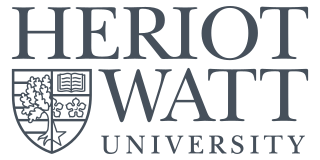
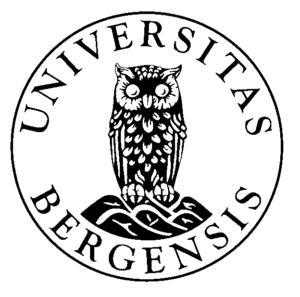
News
18-21. Jan 2021Third Steering Committee Meeting for the project is held online over a span of 4 days.
25. March 2020Two new industry partners, Shell and WintershallDEA, join the 4DSEIS project.
15. January 2020Second Steering Committee Meeting for the project is held at NORCE offices in Bergen.
11. December 2019Dean Oliver gives invited lecture at the International Workshop on Data-Centric Engineering in Cambridge, Massachusetts Homepage for workshop
10. November 2019Visiting scholar, Yuming Ba, from Hunan University joins project in Bergen for one year. Sponsored by Chinese Scholarship Council.
20. September 2019New industry partner. Lundin signs contract to join project. Makes 4D seismic data available from Edvard Grieg Field.
10. September 2019New opening for PhD student in data assimilation and uncertainty quantification. Closes 31 October 2019. Description at Jobbnorge
1. September 2019New PhD student, Mohammad Nezhadali joins the project.
22. August 2019Miguel Alfonzo's third journal paper for his PhD, Evaluating prior predictions of production and seismic data, is accepted for publication! 